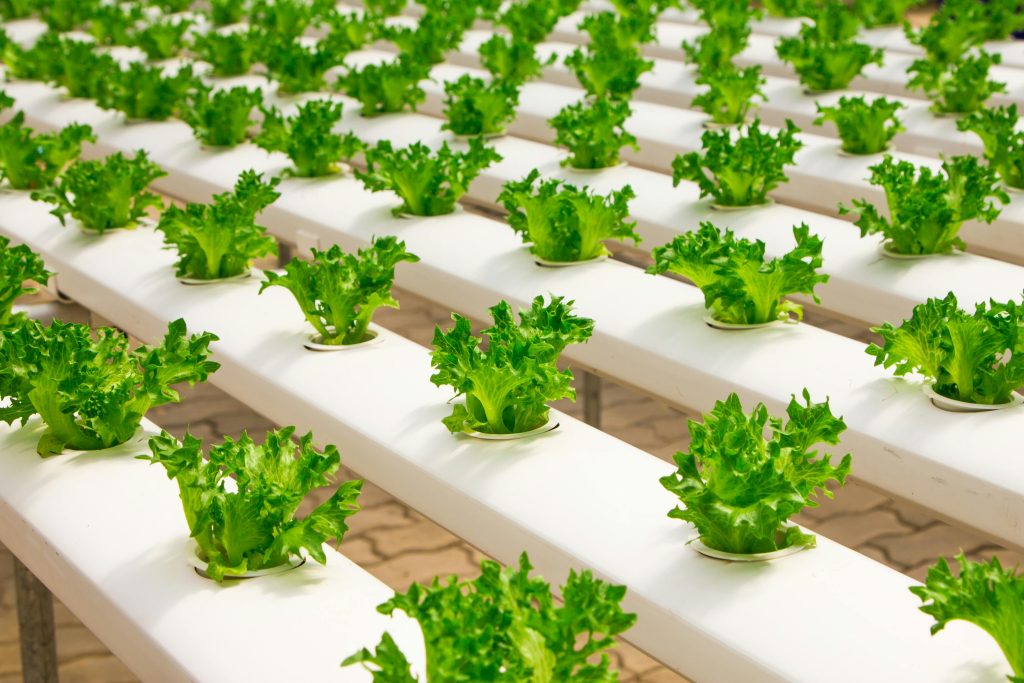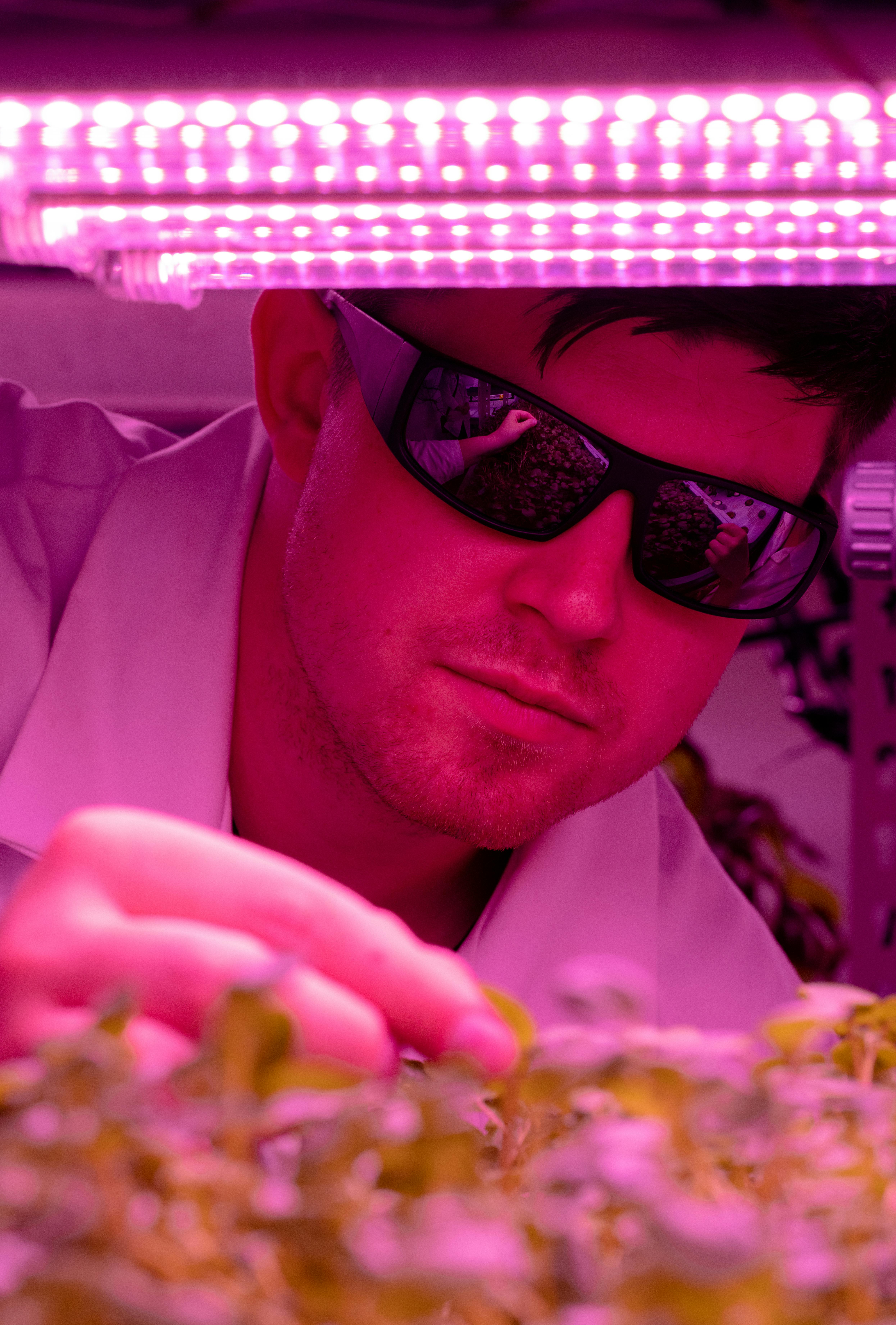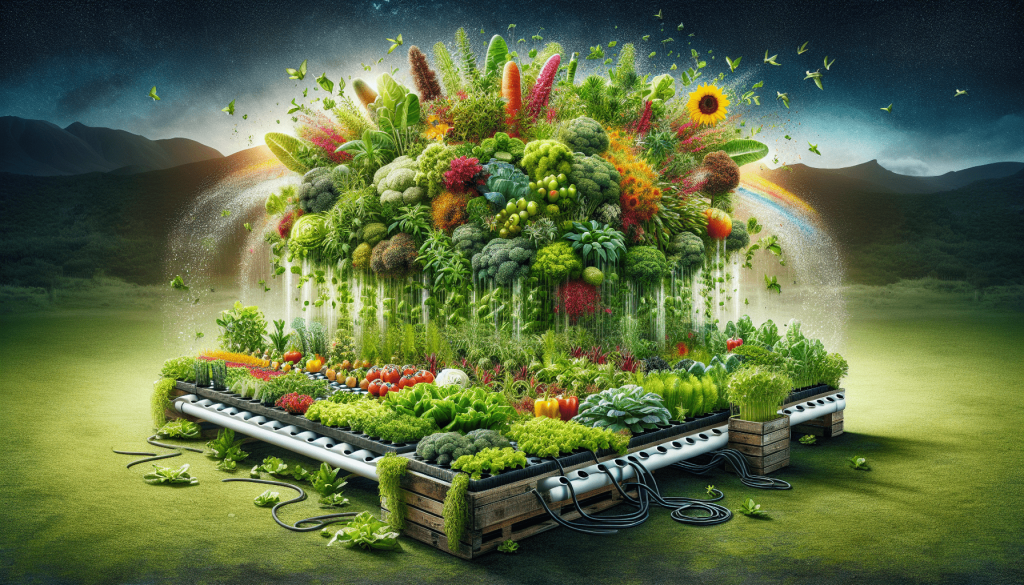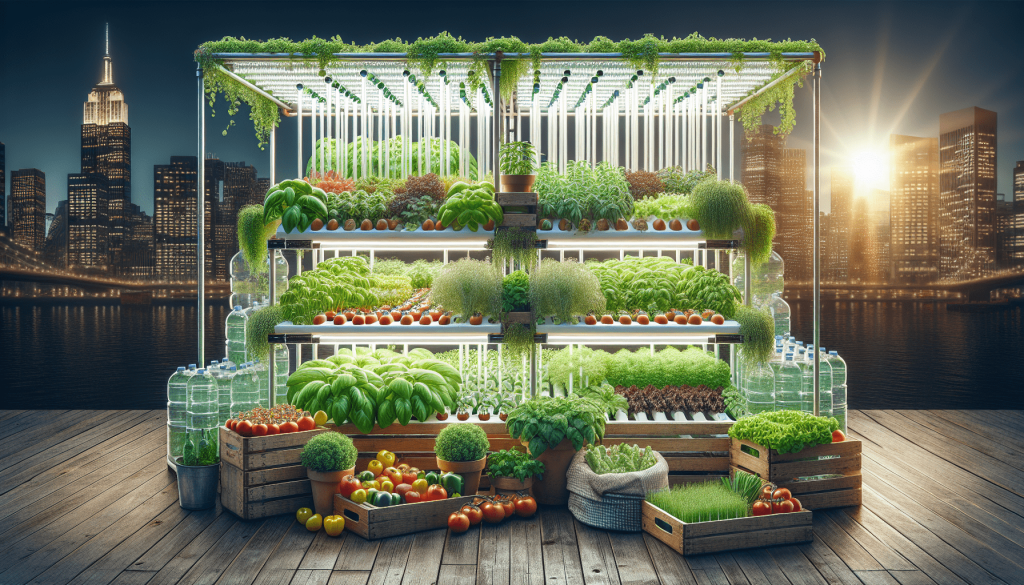
Introduction
If you’re interested in gardening but don’t have access to a lot of outdoor space or fertile soil, hydroponic gardening might be the perfect solution for you. This innovative gardening method allows you to grow plants without soil by providing all the necessary nutrients directly to the roots. In this article, we’ll explore how you can make hydroponic gardening sustainable, so you can enjoy fresh and nutritious produce all year round.
Understanding Hydroponic Gardening
Hydroponic gardening is a soilless growing technique that uses a nutrient-rich solution to nourish plants. It is a sustainable and efficient way to cultivate crops, as it conserves water and eliminates the need for chemical inputs. By understanding the basics of hydroponic gardening, you can set yourself up for success in growing your own fresh fruits and vegetables.
Types of Hydroponic Systems
There are several types of hydroponic systems available, each with its unique set of advantages and challenges. Some popular systems include deep water culture, nutrient film technique, and drip irrigation. By choosing the right system for your needs and resources, you can optimize your gardening experience and maximize your harvest.

Deep Water Culture
Deep water culture is one of the simplest hydroponic systems, making it ideal for beginners. In this system, plants are suspended in a nutrient solution with their roots submerged in water. A bubbler or air pump is used to oxygenate the water and prevent root rot. Deep water culture is a cost-effective and low-maintenance way to grow plants, perfect for those looking to dip their toes into hydroponic gardening.
Nutrient Film Technique
Nutrient film technique (NFT) is another popular hydroponic system that involves a continuous flow of nutrient solution over the plant roots. The roots are exposed to a thin film of nutrient-rich water, allowing for efficient absorption of nutrients. NFT systems are compact and suitable for growing small plants like lettuce and herbs. With proper care and maintenance, nutrient film technique can help you achieve bountiful yields in a limited space.

Drip Irrigation
Drip irrigation is a versatile hydroponic system that delivers a controlled amount of nutrient solution directly to the plant roots through tubing or drippers. This system allows for precise nutrient dosing and minimizes water wastage. Drip irrigation is well-suited for larger plants such as tomatoes and peppers, providing them with a steady supply of essential nutrients for optimal growth. With drip irrigation, you can customize your watering schedule and ensure that your plants receive the proper nourishment.
Sustainable Practices in Hydroponic Gardening
To make your hydroponic gardening setup more sustainable, there are several practices you can adopt to reduce waste, conserve resources, and promote ecological balance. By implementing these sustainable practices, you can make a positive impact on the environment and create a self-sustaining garden that thrives for years to come.

Recycle Nutrient Solution
Instead of disposing of your nutrient solution after each use, consider recycling it to minimize waste and save money. You can reuse nutrient solution by monitoring its pH and nutrient levels, adjusting them as needed to maintain optimal conditions for plant growth. By recycling your nutrient solution, you can reduce your environmental footprint and create a more sustainable hydroponic system.
Use Renewable Energy Sources
To reduce your carbon footprint and lower energy costs, consider using renewable energy sources to power your hydroponic setup. Solar panels, wind turbines, and hydroelectric generators are eco-friendly alternatives that can provide clean energy for your gardening needs. By harnessing renewable energy, you can make your hydroponic system more sustainable and environmentally friendly.

Implement Water-saving Techniques
Water is a precious resource, especially in hydroponic gardening, where it plays a crucial role in nourishing plants. To conserve water and minimize wastage, consider implementing water-saving techniques such as drip irrigation, rainwater harvesting, and recycling runoff water. By using water wisely and efficiently, you can reduce your water consumption and promote sustainability in your hydroponic garden.
Choose Organic Nutrients
Opting for organic nutrients in your hydroponic system can benefit both your plants and the environment. Organic nutrients are derived from natural sources and free of synthetic chemicals, making them healthier and safer for consumption. By choosing organic nutrients, you can support sustainable farming practices and produce nutrient-rich crops that are free from harmful residues.

Practice Integrated Pest Management
Pests can be a challenge in hydroponic gardening, but by practicing integrated pest management (IPM), you can control pest populations without relying on harmful chemicals. IPM involves monitoring pests, identifying their natural predators, and using physical or biological control methods to manage infestations. By incorporating IPM strategies into your gardening routine, you can maintain a healthy ecosystem and reduce the need for pesticides.
Conclusion
By following these sustainable practices and choosing the right hydroponic system for your needs, you can make your gardening experience more eco-friendly and rewarding. Hydroponic gardening offers a wealth of benefits, from faster plant growth to higher yields, and by implementing sustainable practices, you can maximize these benefits while minimizing your environmental impact. Enjoy the process of growing your own fresh and nutritious produce in a sustainable and efficient way with hydroponic gardening.
Related Content
- Year-Round Hydroponic Vegetable Growing Guide
- Top Tips for Growing Hydroponic Vegetables Indoors
- Growing Hydroponic Vegetables: Unlocking the Secrets of Soil-less Farming
- The Ultimate Guide to 10 Effective Hydroponic Grow Lights for 2025
- The Ultimate Guide to Indoor Hydroponic Setup: 7 Effective Strategies for 2025





